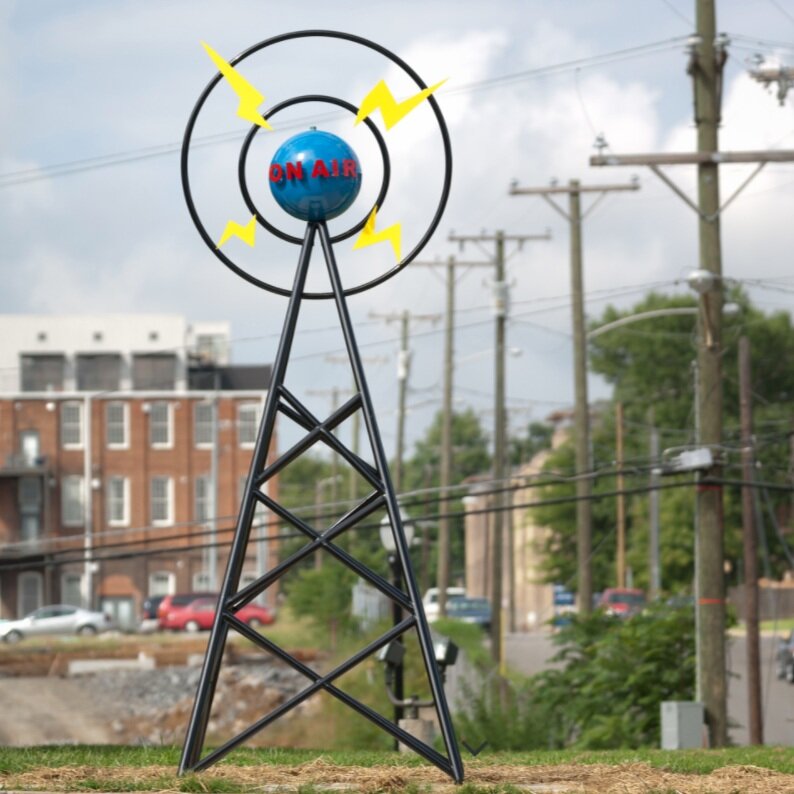Learning and Iterating
After your arts and culture project didn’t go in the direction you thought it would, what lessons did you learn and what would you do differently next time? Or the same?
After you completed one creative placemaking project, how have you made a compelling case for your city to try another arts and cultural strategy? What data did you look at or use? What stories?
This report explains the benefit creative placemaking confers to developers. It further answers the questions of how developers can plan for and understand the economic incentive for utilizing creative placemaking in their projects.
This report serves as a call to action to the arts sector to propagate equitable local economic growth through the “anchor framework” and describes how the arts sector through creative placemaking can foster community development and local economic growth. Through case studies of arts and culture organizations, it discusses the challenges and potential solutions for engagement with and within anchor institutions.
Using Baltimore’s Station North Arts and Entertainment (A&E) District as a case study, this reports aims to provide best practices in sourcing community data and to evaluate the impact of creative placemaking.
Creative placemaking projects strategically link communities and local governments with artists, designers, and arts organizations to improve quality of life, create a sense of place, and revitalize local economies. This online resource from the NEA of over seventy case studies gives examples from across the nation on how different communities are harnessing the capacity of arts- and culture-based strategies.
This is a case study of a creative placemaking project that worked with local law enforcement officials to turn an underutilized space into a public amenity and allow for positive engagement between community members and law enforcement officials. The project also incubated local businesses and created local jobs.
This online resource contains blog posts written by both artists and local government workers who have been involved in municipal artist in residence programs across the US. It contains lessons learned directly from the people involved in the programs.
This report is a case study of a project in Brooklyn that works at the intersection of creative placemaking and public safety. In this project, young people from the community-led most of the planning and implementation processes, which ensured that communication with the community would result in something that they were actually interested in.
This online resource is a great guide to the “nuts and bolts” of creating and sustaining partnerships between artists and local government.
This guide provides strategies for partnerships between artists and business districts to address a wide variety of goals. It outlines the typical steps in creative placemaking project planning and implementation but geared specifically to potential ROIs for business districts.
This resource answers the question “How does creative placemaking make for better parks?” through interviews and real-world examples. It provides a loose framework for planning and implementing these types of projects.











